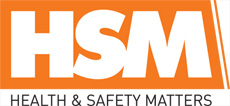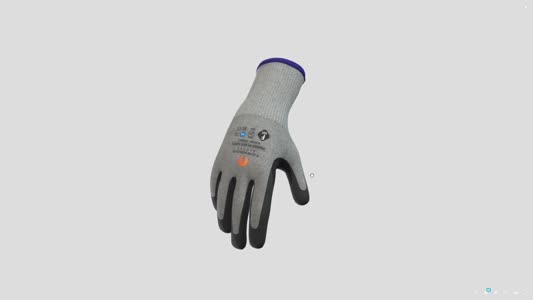
 |
Mark Sennett
Managing Editor |
 |
Kelly Rose
Editor |
| Home> | Health & Wellbeing | >General Health & Wellbeing | >Four occupations where health and safety are key |
| Home> | PPE | >General PPE | >Four occupations where health and safety are key |
| Home> | Premises | >Risk Management | >Four occupations where health and safety are key |
Four occupations where health and safety are key
29 September 2025
EACH YEAR, thousands of workers across the country are injured in work-related accidents. In the most tragic cases, they lose their lives as a result of unsafe conditions, underscoring the importance of health and safety procedures.

Regulations, training, and protective equipment are life-saving measures that prevent harm and safeguard wellbeing. Below, we'll cover professions where health and safety are essential and carefully monitored to manage risks.
Construction work
Construction consistently ranks as one of the UK's most hazardous industries. Working at heights, handling heavy equipment, and operating powerful machinery all carry risks of falls and crushing injuries. Beyond accidents, there are also long-term health risks. Musculoskeletal disorders like carpal tunnel syndrome and occupational deafness caused by prolonged exposure to loud machinery are serious hazards in the industry.
To protect workers, employers are expected to enforce strict safety protocols. Providing personal protective equipment (PPE), such as helmets, gloves, high-visibility clothing, and harnesses, when working at heights is an essential part of on-site safety. Training is also necessary to ensure that employees understand how to handle equipment safely and recognise potential hazards before they escalate.
Healthcare
Healthcare professionals, including doctors and nurses, are frequently exposed to risks when treating patients. Infectious diseases and the potential for injury when listing or moving patients are daily challenges.
The UK has strict hygiene standards to minimise infection risks, with protocols covering everything from hand washing to the disposal of sharps and contaminated waste. PPE, including specialised masks and gowns, plays a crucial role in protecting staff, along with safe patient-handling techniques, in preventing musculoskeletal injuries among nurses and caregivers.
Military personnel
Serving in the armed forces presents unique dangers that extend far beyond traditional workplaces. Military personnel serving abroad in active combat zones or hazardous training environments are at risk of accidents and life-altering injuries such as loss of limbs and psychological trauma.
Every recruit undergoes rigorous training designed to build competence and resilience, reducing the likelihood of avoidable harm. However, even with the highest safety standards, some service members may still face injuries that require lifelong care. They may require military claims to secure compensation and long-term support.
Emergency responders
Firefighters and police officers are on the front line of emergencies, often putting themselves in harm's way to protect the public. Their roles expose them to a wide range of risky environments, including natural disasters, hazardous materials, road accidents, and violent individuals.
Emergency responders rely heavily on rigorous protocols and high-quality protective gear, including flame-retardant clothing and stab-resistant vests, to manage risks. Training in situational awareness and crisis management also helps responders act quickly and safely in dangerous scenarios.























